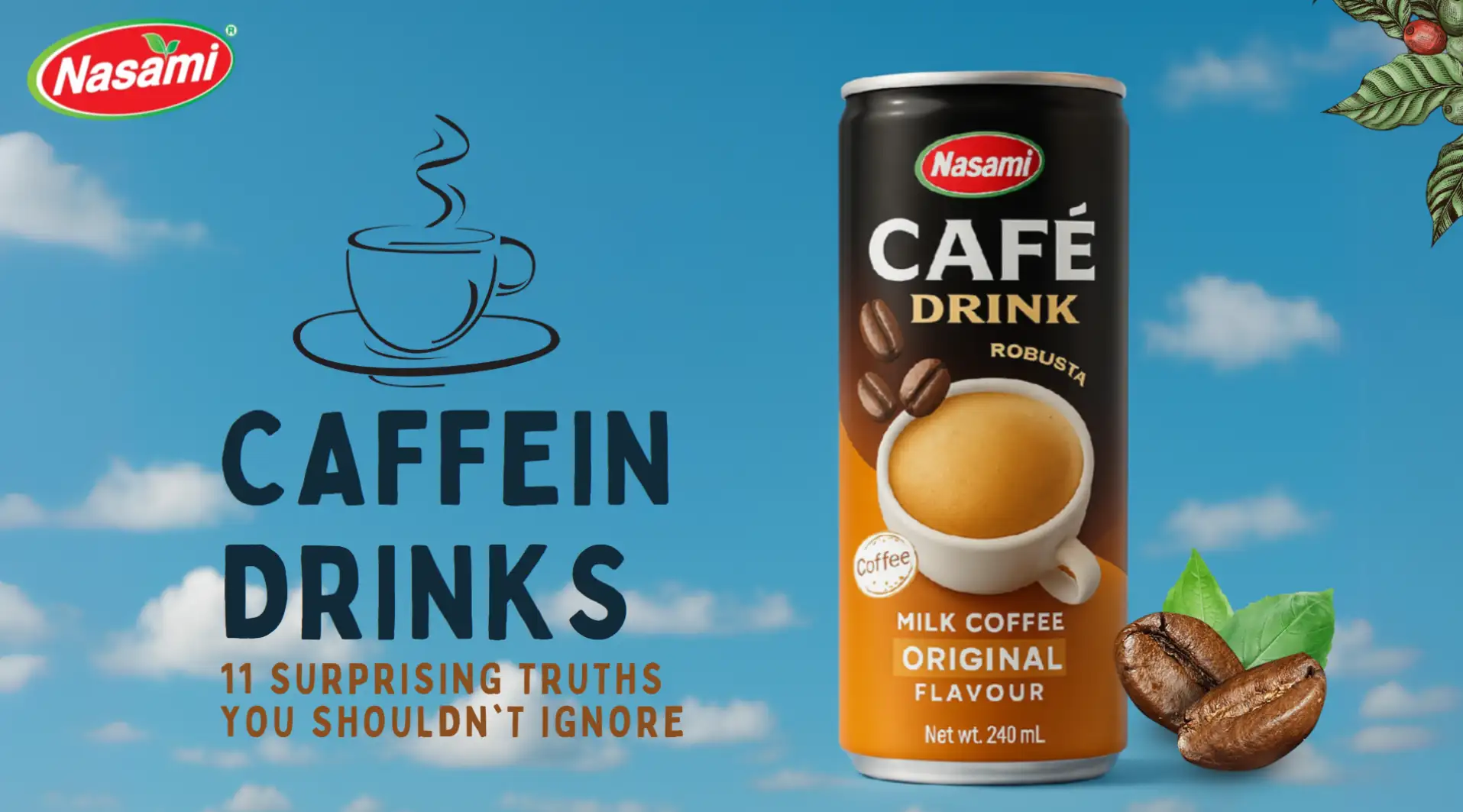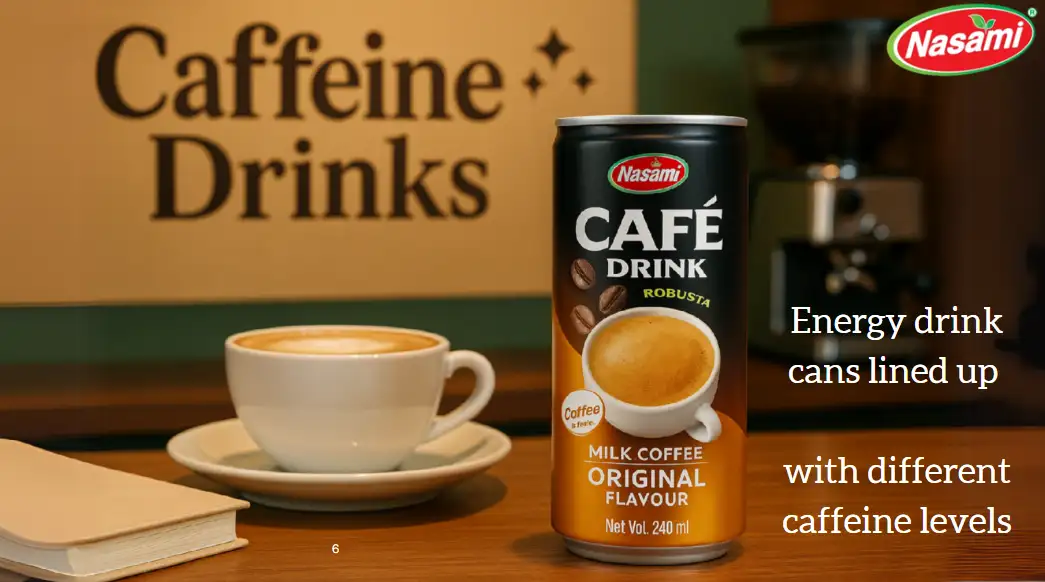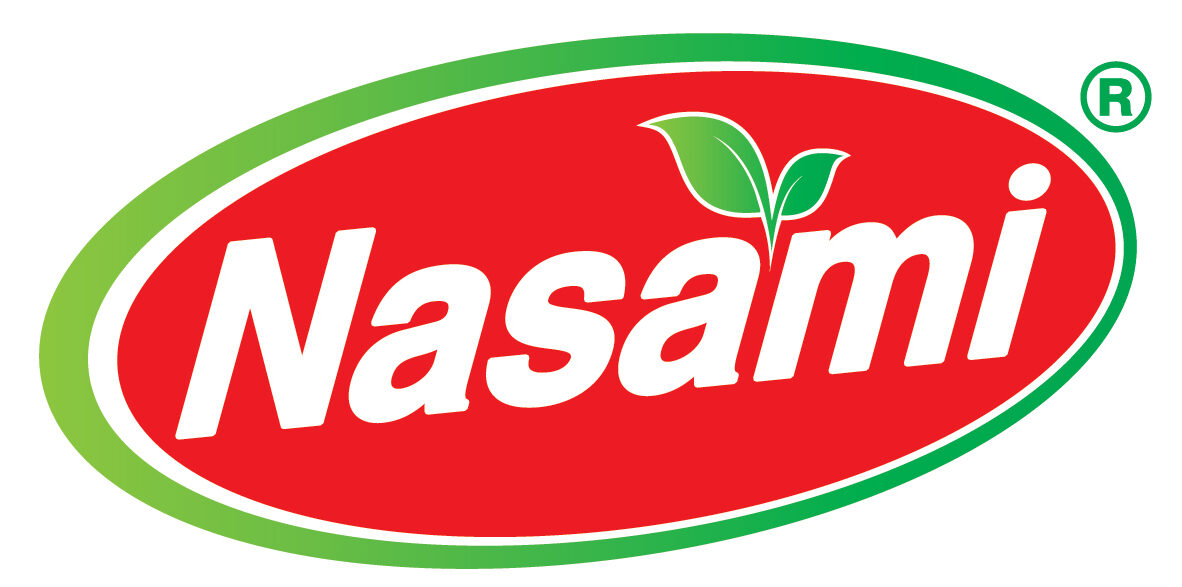Caffein drinks are no longer limited to coffee or tea. In 2025, they span a booming market of functional beverages, energy shots, protein-infused coffee, sparkling yerba mate, and green coffee sodas. With this growing variety, choosing the right caffein drink isn’t always simple.
Table of Content
ToggleWhether you’re looking for more energy, better focus, or a morning ritual, understanding what you’re drinking is key.

What Are Caffein Drinks?
Caffein drinks are beverages that contain caffeine, a natural stimulant found in coffee beans, tea leaves, cacao, and other plant sources. They include:
Coffee (drip, espresso, cold brew)
Tea (green, black, oolong, matcha)
Energy drinks
Soft drinks like cola
Ready-to-drink bottled coffee and tea
Functional sports or brain-boosting beverages
Even young coconut juice with added guarana may count as a caffein drink.
11 Surprising Truths You Shouldn’t Ignore
Not All Caffeine Sources Are Equal
While a cup of black coffee and a can of cola might contain similar caffeine levels, the way your body processes them differs. Natural caffeine from green tea tends to have a gentler impact due to the presence of L-theanine.
Alt text: “Different caffein drinks including tea, coffee, and energy cans on table”
Caffeine Affects People Differently
Your age, genetics, liver function, and even the time of day influence how caffeine works for you. Some people feel jittery after one espresso; others sip six and stay calm.
Energy Drinks May Contain More Than Just Caffeine
Many caffein drinks in the energy drink category are loaded with sugar, B-vitamins, ginseng, taurine, and artificial additives. These combinations can amplify effects or trigger side effects.
Alt text: “Energy drink can with warning label and ingredient list”
Caffein Can Hide in “Non-Coffee” Drinks
Chocolate milk, green tea smoothies, pre-workout powders, and even vitamin waters sometimes contain caffeine without obvious labeling.
Tolerance Builds Quickly
Daily use leads to tolerance. That 200 mg caffeine shot may not hit as hard after two weeks. Your body adjusts—requiring more for the same buzz.
Too Much Caffeine Can Disrupt Sleep
Even if you stop drinking caffeine by 3 PM, it might still affect your sleep. Some people metabolize caffeine slowly, meaning it stays active in the body for 8–12 hours.

Withdrawal Is Real
Headaches, fatigue, irritability, and brain fog can occur just 12–24 hours after you stop caffeine. Gradual reduction is smarter than going cold turkey.
Caffein May Support Cognitive Health (In Moderation)
Some studies suggest moderate caffeine intake (100–200 mg daily) may enhance long-term brain health, reduce depression risk, and improve memory. The key? Moderation.
Sports Performance and Caffein – A Real Boost
Caffeine is a proven ergogenic aid, used by athletes to improve endurance, alertness, and reaction time. It’s even legal under World Anti-Doping Agency (WADA) rules.
Not All “Caffein-Free” Labels Are Honest
“Decaf” coffee still contains a small amount of caffeine—often 2–15 mg per cup. Always read labels carefully.
Quality Matters More Than Quantity
Higher-quality beans, organic sourcing, and cold-brew methods often result in smoother energy with fewer jitters than cheaper, processed caffein drinks.
How to Read Caffein Drink Labels
Look beyond the front-of-package claims. Check:
Caffeine content per serving
Sugar level (watch out for >20g/serving)
Additives: artificial sweeteners, preservatives
Herbal stimulants (like guarana or yerba mate)
Learning to decode labels will help you make smarter choices—especially when shopping online or trying new brands.
Smarter Ways to Enjoy Caffein Drinks
Here are some mindful consumption tips:
Limit yourself to 200–400 mg per day (about 2–4 cups of coffee)
Avoid caffein drinks after 2–3 PM
Choose cold brew or matcha for smoother release
Mix with protein-rich or fiber-rich snacks to balance effects
Stay hydrated — caffeine is a mild diuretic
Caffein Drinks and Healthy Living
Caffein drinks can be part of a balanced lifestyle, especially when paired with:
Regular physical activity
Proper hydration
Whole-food diet
Adequate sleep
Reduced added sugar intake
Try swapping sugar-laden energy drinks for cold-pressed fruit juices or fresh litchi juice on low-energy days. These natural alternatives offer hydration + vitamins without the crash.

Internal & External Resources
Internal Links:
5 Proven Benefits of Decaffeinated Green Tea To Boost Your Wellness
Fresh Young Coconut Juice: 8 Surprising Facts That Will Blow Your Mind
14 Powerful Days Drinking Young Coconut Juice with Pulp
Fresh Tamarind Juice: 6 Smart OEM Moves for 2025 B2B Growth
Apple Carrot Ginger Juice for B2B – Discover 5 Powerful OEM
External DoFollow Links:
Rethink Your Routine
Caffein drinks aren’t going away. But how you use them makes all the difference. With better awareness, label reading, and balance, you can enjoy the energy boost without the crash, cravings, or consequences.
Whether you sip espresso, tea, or try new natural blends, remember: caffeine is powerful—but you’re in control.
